Introduction
Every second counts when it comes to a stroke. A stroke happens when the blood supply to a part of your brain is interrupted or reduced, depriving brain tissue of oxygen and nutrients. Within minutes, brain cells begin to die — making stroke a medical emergency.
India sees more than 1.8 million stroke cases every year, and many people do not reach the hospital in time. Recognizing the early warning signs and acting fast can save lives and prevent lifelong disability.
This Quickobook guide explains the early signs of stroke, common causes, emergency steps to take, and how a neurologist can help with timely treatment and recovery.
What Is a Stroke?
A stroke is a medical condition where blood flow to the brain is blocked or a blood vessel bursts, causing damage to brain cells.
There are two main types:
- Ischemic stroke – Caused by a blood clot blocking a brain artery (most common).
- Hemorrhagic stroke – Caused by bleeding in or around the brain due to a ruptured vessel.
A related, mild condition known as a Transient Ischemic Attack (TIA) or “mini-stroke” causes temporary stroke-like symptoms and serves as an early warning sign of a major stroke.
Early Signs of Stroke
The symptoms of stroke can appear suddenly — and the faster you recognize them, the better the outcome.
Key early warning signs include:
- Sudden numbness or weakness in the face, arm, or leg (especially on one side)
- Drooping face or uneven smile
- Difficulty speaking or slurred speech
- Trouble understanding what others say
- Blurred or double vision
- Sudden severe headache with no known cause
- Loss of balance, dizziness, or coordination
- Confusion or disorientation
- Sudden loss of consciousness
Even if the symptoms go away within a few minutes, it could be a mini-stroke (TIA) — a serious warning that a full stroke may happen soon.
FAST: The Simple Stroke Test
Remember the acronym FAST — it can help you identify a stroke quickly:
- F – Face: Ask the person to smile. Does one side droop?
- A – Arms: Ask them to raise both arms. Does one drift downward?
- S – Speech: Ask them to repeat a simple sentence. Is their speech slurred or strange?
- T – Time: If any sign is positive, it’s time to call emergency help immediately.
Calling for emergency medical care can make the difference between full recovery and lifelong disability.
READ ALSO: Migraine Vs Normal Headache – Key Differences And Treatments
When to Call for Emergency Help
Call an ambulance or rush to the nearest hospital if you or someone nearby has:
- Sudden weakness or numbness in the face, arm, or leg
- Inability to speak or understand words
- Loss of balance or collapse
- Severe headache with vomiting
- Fainting, confusion, or seizure-like movements
Do not wait to see if symptoms go away. Every minute lost means brain cells dying — doctors call this the “golden hour.”
In India, call 108 (Ambulance Service) or head straight to an emergency department equipped with a stroke care unit.
Causes and Risk Factors
Common causes and risk factors for stroke include:
- High blood pressure (hypertension)
- High cholesterol levels
- Diabetes
- Smoking or tobacco use
- Obesity or sedentary lifestyle
- Excessive alcohol intake
- Heart diseases such as atrial fibrillation
- Family history of stroke
- Previous mini-stroke (TIA)
- Chronic stress
Many of these risks can be controlled with regular check-ups and lifestyle changes guided by a Quickobook neurologist or physician.
Diagnosis
If a stroke is suspected, the doctor will perform immediate assessments including:
- Neurological examination to check reflexes and movement
- CT scan or MRI to detect bleeding or blockage
- Blood tests to check cholesterol, clotting, and sugar levels
- ECG or echocardiogram to detect heart rhythm issues
- Carotid ultrasound to check artery blockages
Quick diagnosis ensures that treatment begins within the critical time window.
Emergency Treatment
For Ischemic Stroke (Blockage Type)
Doctors may give a clot-dissolving medicine called tPA (tissue plasminogen activator) within 4.5 hours of symptom onset. This restores blood flow to the brain.
In some cases, a mechanical thrombectomy — removing the clot through a thin catheter — may be performed.
For Hemorrhagic Stroke (Bleeding Type)
Treatment focuses on controlling bleeding, reducing brain pressure, and repairing the damaged vessel. Surgery may be needed in severe cases.
Stroke Recovery and Rehabilitation
After emergency treatment, rehabilitation plays a key role in recovery. It includes:
- Physiotherapy to regain strength and mobility
- Speech therapy to recover communication skills
- Occupational therapy for daily independence
- Lifestyle changes to prevent recurrence
Recovery depends on how quickly treatment began and the extent of brain damage.
Prevention Tips
- Keep blood pressure and sugar levels under control
- Eat a balanced, low-salt diet
- Exercise regularly
- Quit smoking and limit alcohol
- Get routine cholesterol check-ups
- Manage stress through yoga or meditation
- Follow up regularly with your Quickobook neurologist
Small steps today can prevent a life-changing emergency tomorrow.
When to See a Neurologist
Consult a neurologist immediately if you:
- Experience any warning signs of stroke or mini-stroke
- Have frequent dizziness, sudden weakness, or slurred speech
- Are at high risk due to diabetes, hypertension, or heart problems
- Need rehabilitation or follow-up after a stroke
Quickobook helps you book a neurologist consultation online with verified doctors across India — anytime, anywhere.
Complications After Stroke
- Paralysis or muscle weakness
- Difficulty speaking or understanding
- Memory and cognitive issues
- Depression or mood changes
- Swallowing problems
- Risk of recurrent stroke
Prompt treatment and regular physiotherapy improve long-term outcomes.
Conclusion
A stroke is a medical emergency that needs immediate action. Learning to recognize the early signs and acting within the first few hours can save lives and reduce disability.
If you notice sudden weakness, confusion, or difficulty speaking — don’t wait. Call for help and get to the hospital right away. Timely care from a neurologist can make recovery smoother and safer.
Quickobook connects you with trusted specialists and emergency-ready hospitals, ensuring fast, reliable care when it matters most.
Quickobook CTA
???? Book a Neurologist Now: Get expert stroke care and advice online.
???? Quickobook Doctor Consultation: Verified specialists, affordable fees, and instant appointments.
???? Visit Quickobook.com to connect with a neurologist near you today.
Disclaimer
This blog is for educational purposes only. It is not a substitute for professional medical advice, diagnosis, or emergency treatment. Always call emergency services or consult a neurologist immediately if you suspect a stroke.
50 Frequently Asked Questions (FAQs)
1. What is a stroke?
A stroke occurs when blood flow to part of the brain stops, causing brain damage.
2. What are the early signs of stroke?
Sudden numbness, slurred speech, confusion, vision problems, or loss of balance.
3. What should I do first if someone shows stroke symptoms?
Call emergency services immediately and note the time symptoms began.
4. Can a stroke happen without warning?
Sometimes, yes. However, mini-strokes may occur as a warning.
5. What is the FAST test?
It stands for Face, Arms, Speech, and Time — a quick way to identify stroke.
6. Can young people get strokes?
Yes, though more common in older adults, strokes can occur at any age.
7. Is stroke preventable?
Yes, controlling blood pressure, diabetes, and cholesterol helps prevent it.
8. How soon should treatment begin?
Within 4.5 hours for the best outcome.
9. What causes a blood clot in the brain?
Fatty deposits, high cholesterol, or heart rhythm issues.
10. What is a mini-stroke (TIA)?
A temporary blockage causing mild stroke-like symptoms that resolve in minutes.
11. Can stress cause a stroke?
Chronic stress increases blood pressure and stroke risk.
12. Are stroke and heart attack the same?
No, a heart attack affects the heart; a stroke affects the brain.
13. How is stroke diagnosed?
Through CT scan, MRI, and neurological evaluation.
14. What is the “golden hour” in stroke?
The first 60 minutes when emergency treatment works best.
15. Can dehydration cause stroke?
Severe dehydration may contribute by thickening blood flow.
16. Does high BP cause stroke?
Yes, it’s the most significant risk factor.
17. Can stroke cause paralysis?
Yes, often on one side of the body.
18. Can stroke affect speech?
Yes, it can cause slurred or lost speech ability.
19. Can stroke lead to memory loss?
Yes, depending on the affected brain area.
20. What foods prevent stroke?
Fruits, vegetables, whole grains, and low-salt foods.
21. Is smoking related to stroke?
Yes, smoking damages blood vessels and increases clot risk.
22. Can exercise reduce stroke risk?
Yes, regular physical activity improves circulation and heart health.
23. Can alcohol cause stroke?
Excessive alcohol increases blood pressure and stroke risk.
24. Can migraine lead to stroke?
Rarely, but severe migraine with aura may raise risk.
25. What is hemorrhagic stroke?
A stroke caused by bleeding inside the brain.
26. Can stroke be hereditary?
Family history increases the chance of stroke.
27. Does stroke affect vision?
Yes, some patients experience blurred or double vision.
28. Can high cholesterol cause stroke?
Yes, plaque buildup leads to blockages.
29. Can stroke cause headache?
Yes, sudden and severe headache may occur in hemorrhagic stroke.
30. How long does stroke recovery take?
Varies; mild strokes may recover in weeks, severe ones in months.
31. Can stroke patients walk again?
Many regain mobility with physiotherapy and rehabilitation.
32. Can speech return after stroke?
Yes, with regular speech therapy and practice.
33. What is stroke rehabilitation?
Treatment that helps restore movement, speech, and daily function.
34. Can diabetes increase stroke risk?
Yes, high sugar levels damage blood vessels.
35. Are women at higher risk?
Women face additional hormonal and pregnancy-related risks.
36. Can stroke happen during sleep?
Yes, sometimes symptoms appear on waking up.
37. What is brain hemorrhage?
Bleeding inside or around the brain, causing stroke.
38. Can stroke affect emotions?
Yes, mood swings and depression are common after stroke.
39. Can stroke cause seizures?
Yes, some people develop post-stroke seizures.
40. Does diet affect recovery?
Yes, a healthy diet supports brain healing.
41. Can yoga help stroke patients?
Gentle yoga improves balance and relaxation during recovery.
42. Should stroke patients drive again?
Only after medical clearance.
43. Can blood thinners prevent stroke?
Yes, for those with heart rhythm problems, as prescribed by a doctor.
44. What are stroke complications?
Paralysis, speech issues, memory loss, and depression.
45. How often should stroke patients see a neurologist?
Regular follow-ups are advised every 3–6 months.
46. Can stroke reoccur?
Yes, without prevention, recurrence risk remains high.
47. What are the warning signs before stroke?
Sudden weakness, confusion, and trouble speaking or seeing.
48. Can early treatment reverse stroke damage?
Early intervention can greatly reduce brain injury.
49. How to support a stroke patient at home?
Ensure medication compliance, physiotherapy, and emotional support.
50. Where can I consult a neurologist for stroke?
Book a Quickobook doctor consultation online for expert stroke care near you.
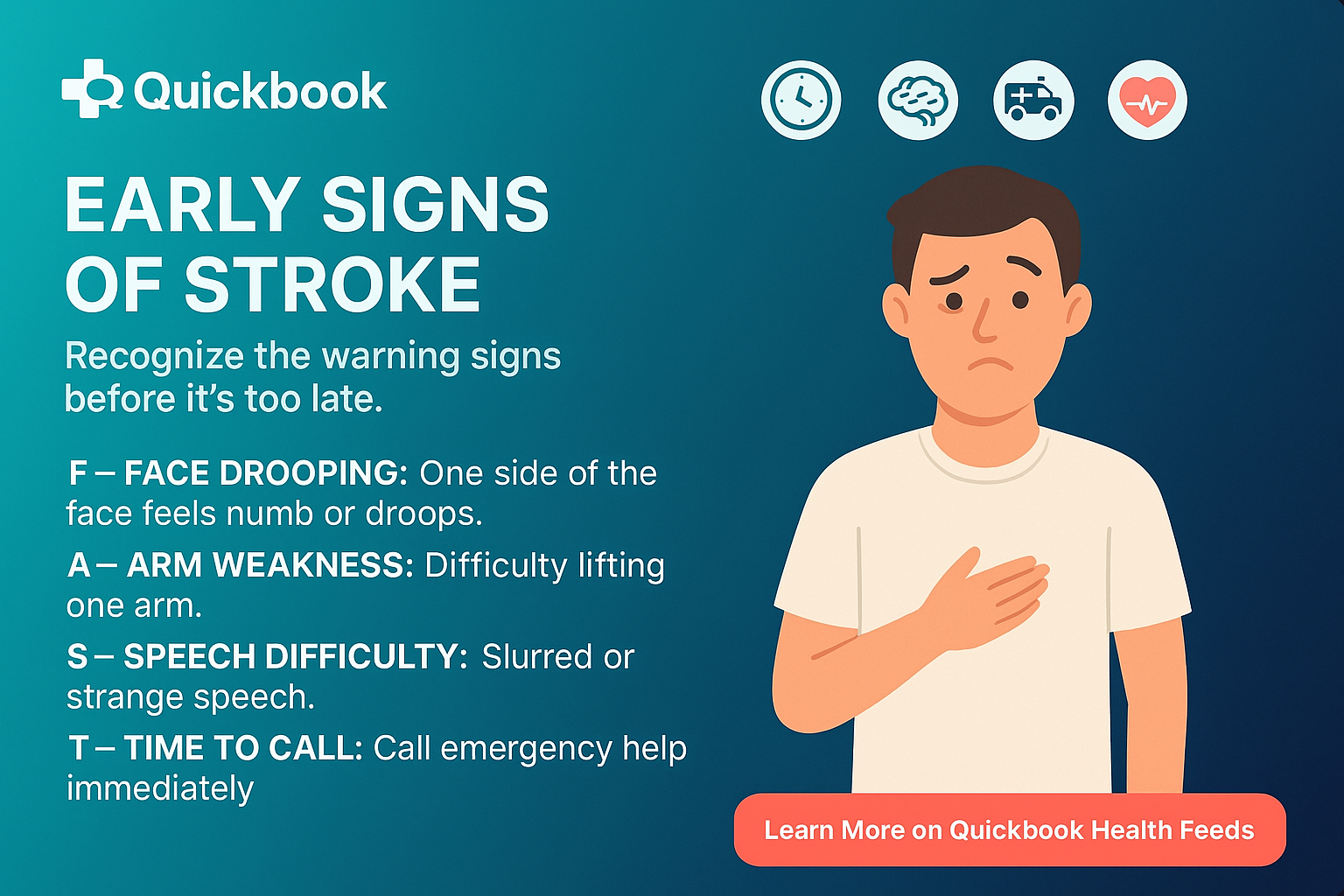

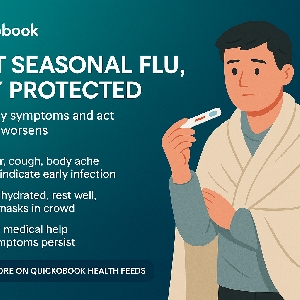
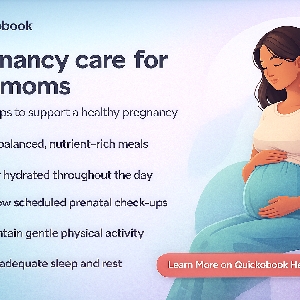
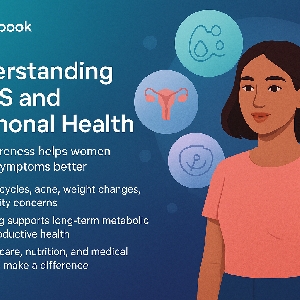
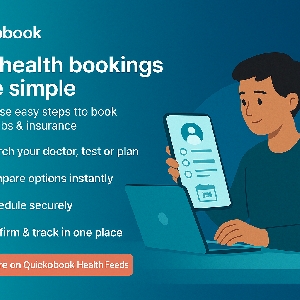
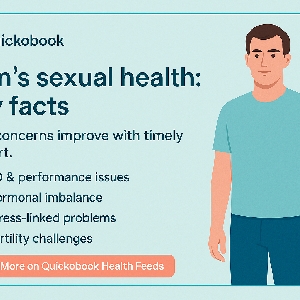


Comments (0)
No comments yet. Be the first to share your thoughts!
Leave a Comment